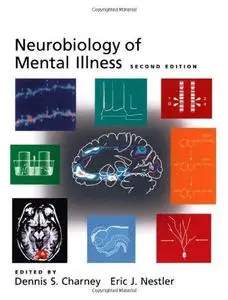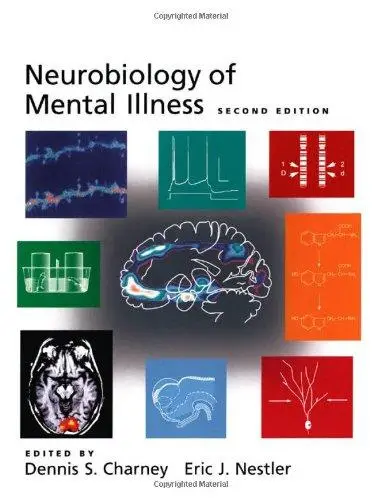Neurobiology of mental illness By Charney, Dennis S.; Nestler, Eric Jonathan
2004 | 1231 Pages | ISBN: 0195149629 | PDF | 139 MB
2004 | 1231 Pages | ISBN: 0195149629 | PDF | 139 MB
The new edition of this definitive textbook reflects the continuing reintegration of psychiatry into the mainstream of biomedical science. The research tools that are transforming other branches of medicine - epidemiology, genetics, molecular biology, imaging, and medicinal chemistry - are also transforming psychiatry. The field stands poised to make dramatic advances in defining disease pathogenesis, developing diagnostic methods capable of identifying specific and valid disease entities, discovering novel and more effective treatments, and ultimately preventing psychiatric disorders. The Neurobiology of Mental Illness is written by world-renowned experts in basic neuroscience and the pathophysiology and treatment of psychiatric disorders. It begins with a succint overview of the basic neurosciences followed by and evaluation of the tools that are available for the study of mental disorders in humans. The core of the book is a series of consistently organized sections on the major psychiatric disorders that cover their diagnostic classification, molecular genetics, functional neuroanatomy, neurochemistry and pharmacology, neuroimaging, and principles of pharmacotherapy. Chapters are written in a clear style that is easily accessible to practicing psychiatrists, and yet they are detailed enough to interest researchers and academics. For this second edition, every section has been thoroughly updated, and 13 new chapters have been added in areas where significant advances have been made, including functional genomics and animal models of illness; epidemiology; cognitive neuroscience; postmortem investigation of human brain; drug discovery methods for psychiatric disorders; the neurobiology of schizophrenia; animal models of anxiety disorders; neuroimaging studies of anxiety disorders; developmental neurobiology and childhood onset of psychiatric disorders; the neurobiology of mental retardation; the interface between neurological and psychiatric disorders; the neurobiology of circadian rhythms; and the neurobiology of sleep disorders. Both as a textbook and a reference work, Neurobiology of Mental Illness represents a uniquely valuable resource for psychiatrists, neuroscientists, and their students or trainees



